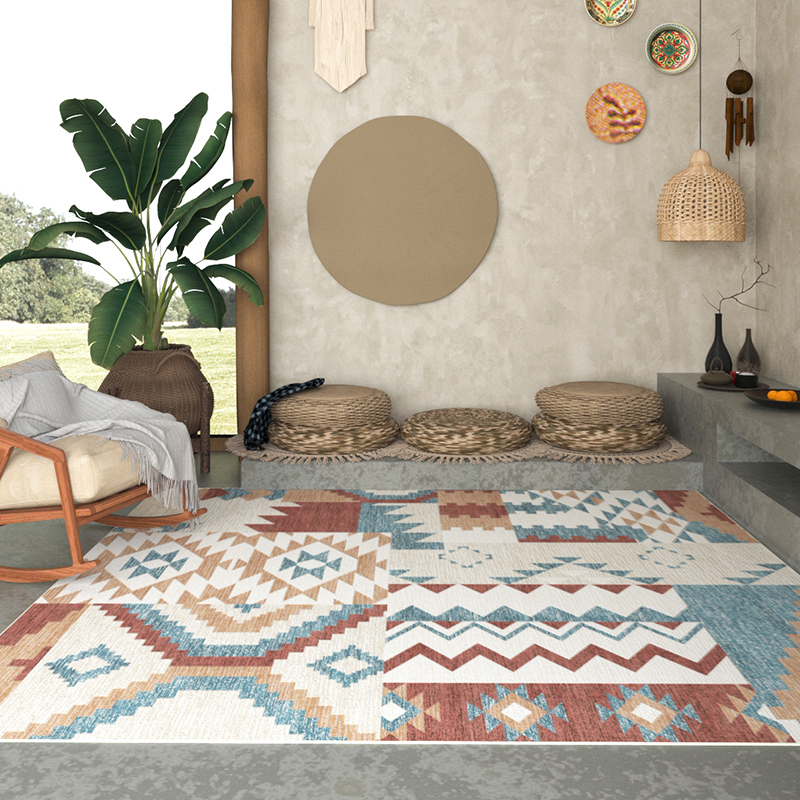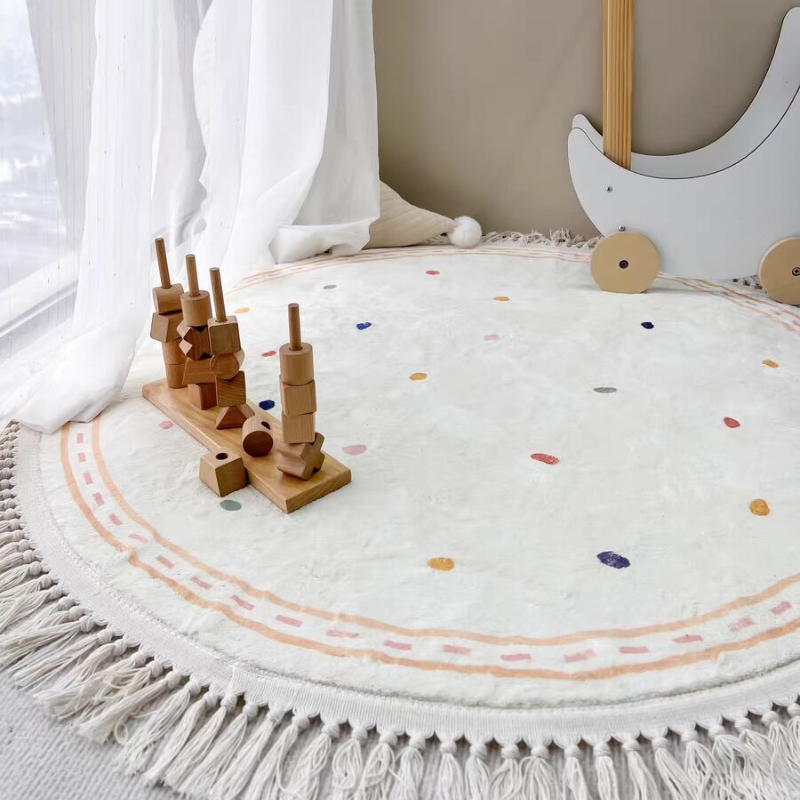If you’re looking to enhance the aesthetics and comfort of your home, choosing the right flooring option is crucial. Two popular choices that often come to mind are rugs and carpets. While both serve similar purposes, there are key differences between them that can impact your decision. In this article, we will explore the distinctions between rugs and carpets, discuss the factors to consider when making a choice, and highlight the advantages and disadvantages of each option. By the end, you’ll be equipped with the knowledge to make an informed decision about the flooring that best suits your home.

When it comes to interior design and creating a cozy living space, selecting the appropriate flooring can significantly influence the overall ambiance of your home. Rugs and carpets are versatile flooring options that add warmth, comfort, and style to any room. Understanding the differences between these two options will help you determine which one is better suited for your specific needs.
What are Rugs and Carpets?
Before diving into the details, let’s define what rugs and carpets actually are. Rugs are smaller, loose-laid floor coverings made from various materials such as wool, cotton, or synthetic fibers. They come in different shapes, sizes, patterns, and textures, and can be easily moved or replaced. On the other hand, carpets are larger floor coverings that typically span an entire room. They are commonly made of thicker and more durable materials and are fixed in place using adhesives or carpet tacks.

Differences between Rugs and Carpets
The disparities between rugs and carpets are essential to consider when deciding which one is the right choice for your home. The primary differences lie in their size, installation, mobility, and design options. Rugs are smaller and can be easily rearranged or replaced, offering flexibility and versatility in terms of design and functionality. Carpets, being larger and fixed in place, provide a seamless and uniform look to a room, promoting a more permanent flooring solution.
Factors to Consider When Choosing Between Rugs and Carpets
Several factors should be taken into account when determining whether a rug or carpet is the optimal flooring choice for your home. These factors include the size of the room, traffic flow, desired style, budget, and personal preferences. Assessing these elements will help you make an informed decision and ensure the longevity and satisfaction of your chosen flooring option.
Advantages of Rugs
Rugs offer several advantages that make them a popular choice for many homeowners. Firstly, they are highly versatile and easy to incorporate into any room. With a wide range of sizes, shapes, patterns, and textures available, rugs can effortlessly complement your existing decor or serve as a focal point. Additionally, rugs provide an extra layer of insulation, absorbing sound and providing warmth during colder seasons. They are also relatively cost-effective compared to carpets, allowing you to change your interior design scheme without breaking the bank.
Advantages of Carpets
While rugs have their merits, carpets also present numerous advantages. One notable advantage is their ability to create a unified and cohesive look in a room. Carpets provide a seamless flooring option that covers the entire area, resulting in a more professional and polished appearance. Moreover, carpets offer enhanced durability and longevity, making them an ideal choice for high-traffic areas such as living rooms or hallways. They are designed to withstand constant foot traffic and resist wear and tear better than rugs. Carpets also provide superior insulation, helping to maintain a comfortable temperature in your home and reducing energy costs. Furthermore, carpets can be a sound investment as they add value to your property and can contribute to improved acoustics within a room.
Disadvantages of Rugs
While rugs have their advantages, there are also a few drawbacks to consider. One significant disadvantage is their potential to slip or slide on smooth flooring surfaces. To address this, rug pads or non-slip mats can be used to secure the rug in place. Additionally, rugs require regular maintenance and cleaning to keep them in good condition. Depending on the material and size of the rug, cleaning may involve vacuuming, spot cleaning, or professional deep cleaning services. Another consideration is that rugs may not provide the same level of comfort and cushioning as carpets, especially in areas where you spend a significant amount of time.
Disadvantages of Carpets
While carpets offer numerous advantages, they also come with a few disadvantages. One drawback is their higher initial cost compared to rugs. Carpets typically require professional installation, which adds to the overall expense. Additionally, carpets are less versatile in terms of design options compared to rugs. If you decide to change your interior decor or want a different flooring style, replacing the carpet can be a more involved and costly process. Another consideration is that carpets may accumulate more dust, allergens, and pet hair, requiring regular vacuuming and maintenance to keep them clean and hygienic.
Conclusion
When deciding between rugs and carpets for your home, it’s essential to consider your specific needs, preferences, and the characteristics of each flooring option. Rugs offer versatility, easy customization, and cost-effectiveness, making them ideal for smaller spaces or areas that require flexibility. On the other hand, carpets provide a seamless, durable, and unified look for larger rooms, ensuring long-term resilience and comfort. By evaluating factors such as room size, traffic flow, style preferences, and budget, you can make an informed decision that aligns with your unique requirements and enhances the overall ambiance of your home.
